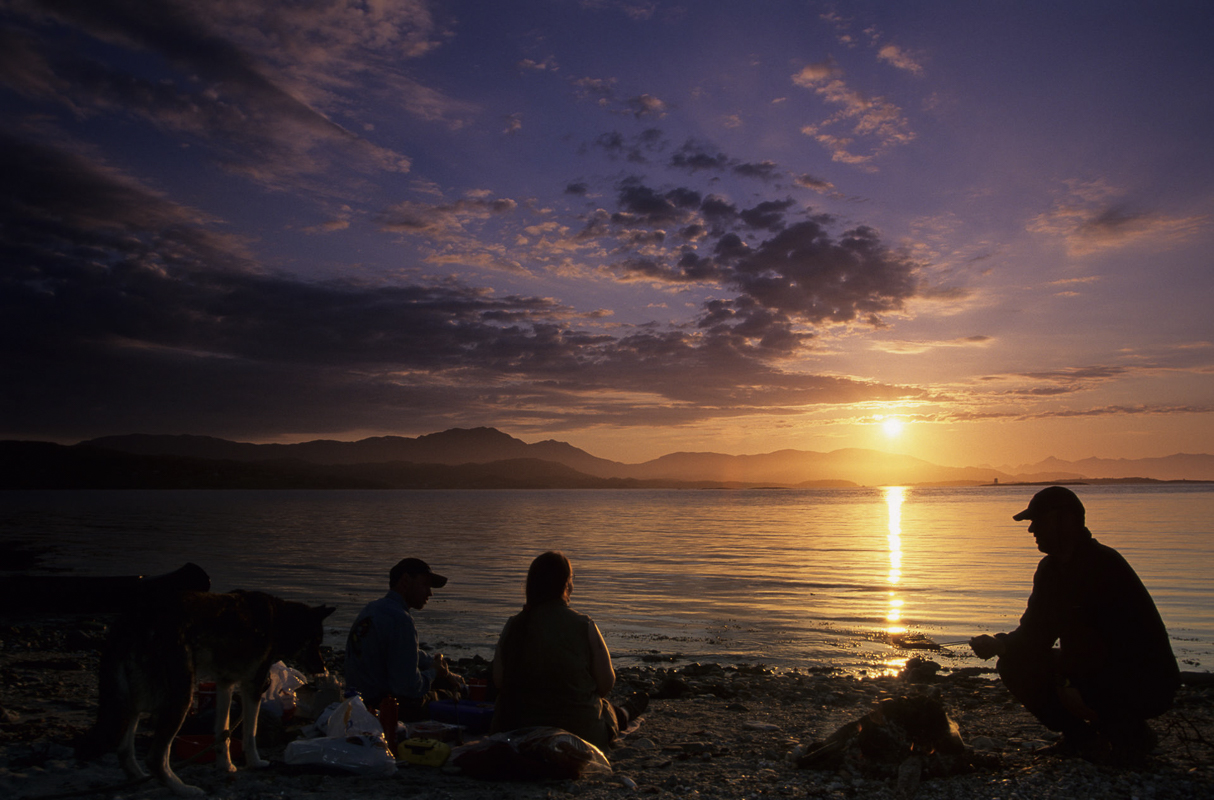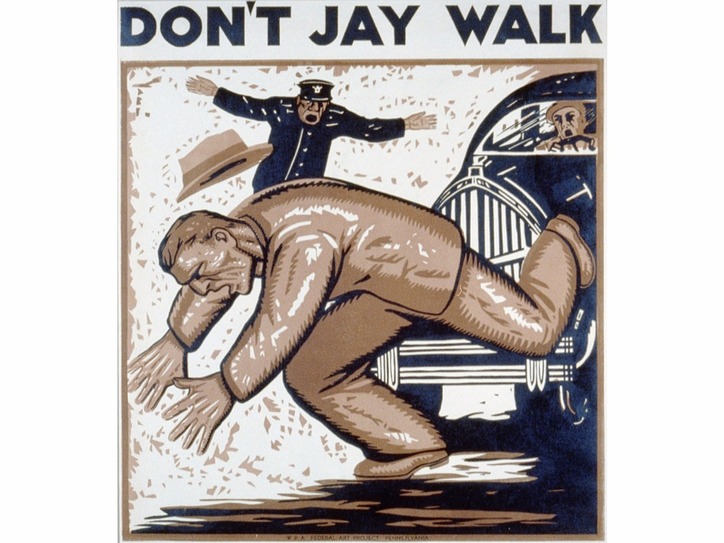Why Is Meat Cooked?
Introduction

Meat is a popular food item around the world, and it is consumed in many different forms. From grilled steaks to roasted chicken, meat is a versatile ingredient that can be cooked in many different ways. However, have you ever wondered why we cook meat in the first place?
In this article, we will explore the reasons behind cooking meat and what happens to meat when it is cooked. We will also discuss the different methods of cooking meat and how they affect the taste and texture of the final product.
Why Do We Cook Meat?

There are several reasons why we cook meat:
- Safety: Raw meat can contain harmful bacteria and parasites that can cause food poisoning. Cooking meat to the appropriate temperature kills these microorganisms and makes the meat safe to eat.
- Taste: Cooking meat can enhance its flavor by caramelizing the natural sugars and fats in the meat. This creates a delicious crust on the outside of the meat and a juicy and tender interior.
- Texture: Cooking meat can also change its texture. For example, slow-cooking tough cuts of meat can break down the connective tissue and make the meat tender and juicy.
The Science of Cooking Meat

When meat is cooked, several chemical reactions occur that affect its texture and flavor:
- Maillard Reaction: This is a reaction between amino acids and reducing sugars that creates a brown crust on the outside of the meat. This crust is responsible for the delicious flavor and aroma of cooked meat.
- Denaturation: When meat is heated, the proteins in the meat denature or unwind. This affects the texture of the meat by making it firmer and more tender.
- Caramelization: This is the browning of sugars in the meat that creates a sweet and nutty flavor. Caramelization occurs when meat is cooked at high temperatures.
Methods of Cooking Meat

There are several methods of cooking meat:
- Grilling: Grilling involves cooking meat over an open flame or hot coals. This method creates a delicious crust on the outside of the meat and a juicy interior.
- Roasting: Roasting involves cooking meat in an oven at high temperatures. This method is ideal for larger cuts of meat, such as whole chickens or roasts.
- Braising: Braising involves cooking meat in a liquid, such as broth or wine, at low temperatures for a long period of time. This method is ideal for tough cuts of meat, as it breaks down the connective tissue and makes the meat tender.
- Sous Vide: Sous vide involves cooking meat in a sealed bag in a water bath at a precise temperature. This method ensures that the meat is cooked to the exact temperature and texture desired.
Conclusion

Meat is a staple food item in many cultures, and cooking it is an essential part of preparing a delicious and safe meal. From grilling to braising, there are many methods of cooking meat that can enhance its flavor and texture. By understanding the science behind cooking meat, you can create delicious and nutritious meals that your family and friends will love.
Related video of Why Is Meat Cooked?
Why Is It Called The Land Of The Midnight Sun
Have you ever heard a country being called the “Land of the Midnight Sun”? If you have, you might have wondered why it is called so. The country referred to as the “Land of the Midnight Sun” is none other than Norway. The nickname is not just a mere title. There is a reason behind it, and it is something that has fascinated people around the world for centuries.
The Reason Behind the Name

So, why is Norway called the “Land of the Midnight Sun”? The answer lies in one of the most fascinating phenomena in nature – the Midnight Sun. The Midnight Sun is a natural phenomenon that occurs during the summer months in places located north of the Arctic Circle and south of the Antarctic Circle. These areas experience daylight for 24 hours straight during this time of the year, and this is what gives rise to the name.
Geography of Norway
Norway is a Nordic country located in Northern Europe. It shares its borders with Sweden, Finland, and Russia. Norway is a long and narrow country that stretches from the Skagerrak Strait in the south to the Arctic Ocean in the north. It is also known for its rugged coastline, fjords, mountains, and glaciers. The country is also home to the Arctic archipelago of Svalbard, which is located between Norway and the North Pole.
Location of Norway

Norway is located in the northern hemisphere, which means that it experiences long hours of darkness during the winter months and long hours of daylight during the summer months. The Midnight Sun occurs in Norway during the summer months when the sun remains visible even at midnight. This happens because of the tilt of the Earth's axis and the position of Norway in relation to the sun.
Summer Solstice

The Midnight Sun occurs during the summer solstice, which is the longest day of the year. In Norway, the summer solstice occurs on or around June 21st every year. During this time, the sun remains visible for 24 hours straight in places located north of the Arctic Circle. The further north you go, the longer the period of continuous daylight.
Experience the Midnight Sun

Experiencing the Midnight Sun is a once-in-a-lifetime experience that you should not miss if you are in Norway during the summer months. You can witness the Midnight Sun from various parts of Norway, but the best places to experience it are the northernmost parts of the country like Nordkapp, Svalbard, and Tromsø. You can take a midnight hike or a midnight cruise to witness the phenomenon in all its glory.
Fascination with the Midnight Sun
The Midnight Sun has fascinated people around the world for centuries. It has been the subject of many paintings, photographs, and literature. The Midnight Sun is not just a natural phenomenon; it is also a symbol of hope and renewal. In Norway, it is seen as a sign of the arrival of summer and the end of the long, dark winter.
Conclusion
The Midnight Sun is one of the most fascinating natural phenomena in the world. It is the reason why Norway is called the “Land of the Midnight Sun”. The Midnight Sun occurs during the summer months in places located north of the Arctic Circle and south of the Antarctic Circle. Norway is located in the northern hemisphere, which means that it experiences long hours of darkness during the winter months and long hours of daylight during the summer months. The experience of the Midnight Sun is something that you should not miss if you are in Norway during the summer months.
Related video of Why Is It Called The Land Of The Midnight Sun
Why Is It Called Jaywalking?
Most people have heard the term "jaywalking" before, but not everyone knows the origin of the word. Jaywalking is a term used to describe crossing a street in an illegal or unsafe manner, such as crossing in the middle of a block or ignoring traffic signals. In this article, we will explore why it is called jaywalking and the history behind the term.
The Origin of the Term

The term "jaywalking" first appeared in the early 1900s in the United States. The word "jay" was a slang term used to describe someone who was foolish or unsophisticated. At the time, the word was often used to describe people from rural areas who were not familiar with city life and its rules.
As cars became more common, so did the need for regulations to keep pedestrians safe. In 1913, the first traffic signal was installed in Cleveland, Ohio. Soon after, other cities followed, and traffic laws began to be enforced. However, people continued to cross the street wherever they pleased, and many accidents occurred as a result.
In an effort to make the streets safer, the term "jaywalking" was coined. It was used to describe pedestrians who crossed the street in an unsafe or illegal manner. The word "jay" was used to emphasize the foolishness of such behavior.
Jaywalking Laws

Today, jaywalking is illegal in most places in the United States. The laws vary from state to state, but generally, it is illegal to cross a street outside of a designated crosswalk or to ignore traffic signals. Violators can be fined or even arrested, although enforcement of the laws is often lax.
In some countries, such as the United Kingdom and Australia, jaywalking is not illegal. However, pedestrians are still required to use caution and follow traffic signals to avoid accidents.
Arguments against Jaywalking Laws

While jaywalking laws are meant to keep pedestrians safe, some argue that they are unnecessary and even harmful. One argument is that jaywalking laws unfairly penalize pedestrians and place the blame for accidents solely on them, even when drivers are at fault.
Another argument is that jaywalking laws prioritize the flow of traffic over the rights of pedestrians. This can lead to a lack of pedestrian-friendly infrastructure, such as crosswalks and pedestrian signals, which can make it difficult and dangerous for people to cross the street.
Conclusion
While the origin of the term "jaywalking" may be rooted in a negative stereotype, the laws that have been put in place to regulate pedestrian behavior have helped to make the streets safer. However, it is important to consider the arguments against jaywalking laws and to work towards creating infrastructure that prioritizes the safety and needs of pedestrians.
Related video of Why Is It Called Jaywalking?
Why Is It Called A Penis?

The male reproductive organ is known as the penis. It is a part of the male anatomy and is responsible for several functions, including urination and sexual intercourse. But have you ever wondered why it is called a penis? In this article, we will explore the origins of the word and its meaning through history.
Etymology of the Word Penis

The word "penis" comes from the Latin word "penes" which means "tail." The word was first used in the English language in the 17th century to describe the male sexual organ. The Latin word was borrowed from the ancient Greek word "peos" which also means "penis."
In ancient Greece, the word "peos" was used to describe the phallus, a symbol of male fertility that was often depicted in art and mythology. The phallus was also used in religious ceremonies and festivals to honor the god of fertility and wine, Dionysus.
Penis in Different Cultures

The penis has been a subject of fascination and worship in many cultures throughout history. In ancient Egypt, the god of creation, Atum, was believed to have masturbated to create the world, and his semen was said to have formed the Nile river. In Japan, there is a festival called Kanamara Matsuri, also known as the "Festival of the Steel Phallus," where people parade giant phallus-shaped objects through the streets.
The Function of the Penis

The penis is a vital part of the male reproductive system. It is responsible for delivering sperm into the female reproductive system during sexual intercourse. The penis is made up of three main parts: the root, the shaft, and the glans. The root is the base of the penis, while the shaft is the long, cylindrical part. The glans is the tip of the penis and is highly sensitive to touch.
During sexual arousal, the penis fills with blood, causing it to become erect. This allows for penetration during sexual intercourse and eventual ejaculation, which is the release of semen from the penis.
The Importance of Penis Health

Penis health is essential for overall well-being. Maintaining good hygiene and practicing safe sex can help prevent infections and sexually transmitted diseases. Regular check-ups with a healthcare provider can also help detect any potential health issues early on.
In conclusion, the word "penis" has a rich history and has been a subject of fascination and worship in many cultures throughout history. It is a vital part of the male reproductive system and plays a significant role in sexual intercourse. Maintaining good penis health is essential for overall well-being and can help prevent potential health issues.
Related video of Why Is It Called A Penis?
Why Is It Bad To Shower After Eating

Introduction
Showering is an essential part of our daily routine that helps us stay clean, refreshed, and rejuvenated. However, there are some myths and misconceptions around showering, and one of them is that it is bad to shower after eating. Some people believe that taking a shower after a meal can cause digestive problems, but is it true? Let's find out.
The Digestive Process

Before we dive into the topic, let's first understand how the digestive process works. When we eat, the food enters our stomach, where it gets broken down into smaller particles by the digestive juices. These particles are then absorbed into the bloodstream and transported to the different parts of the body where they are needed.
The digestive process takes several hours, depending on the type and amount of food we eat. During this time, our body is busy digesting and absorbing the nutrients from the food.
Why Do Some People Believe That It Is Bad To Shower After Eating?
There are several reasons why some people believe that it is bad to shower after eating. One of the most common reasons is that they think that the hot water can cause the blood vessels in the stomach to dilate, which can interfere with digestion and cause stomach cramps.
Another reason is that they believe that taking a shower after a meal can divert the blood flow away from the digestive system, which can slow down the digestive process and lead to indigestion.
What Does Science Say?

There is no scientific evidence to support the claim that showering after eating is bad for digestion. In fact, taking a shower after a meal can have several benefits, such as helping to relax the muscles, reducing stress, and improving blood circulation.
According to experts, the digestive process is not affected by taking a shower, as the blood flow to the digestive system is not significantly reduced. The hot water may cause the blood vessels to dilate, but this effect is temporary and does not interfere with digestion.
When Should You Shower?

The timing of your shower depends on your personal preference and schedule. Some people prefer to shower in the morning to wake up and start their day fresh, while others prefer to shower at night to relax and unwind after a long day.
However, it is important to note that taking a shower immediately after a meal may not be a good idea, especially if you have just eaten a large meal. This is because the hot water can cause the blood vessels to dilate, which can make you feel lightheaded and dizzy.
It is best to wait at least 30 minutes to an hour after eating before taking a shower to allow your body to digest the food properly.
Conclusion
In conclusion, taking a shower after eating is not bad for digestion, but it is important to wait at least 30 minutes to an hour after eating before taking a shower to avoid any discomfort. The timing of your shower depends on your personal preference and schedule, but it is essential to maintain good hygiene habits to stay healthy and refreshed.